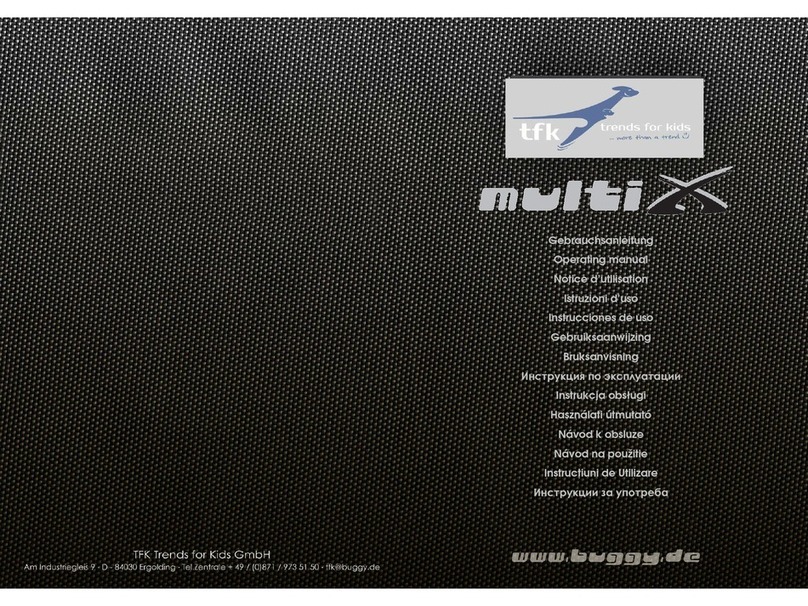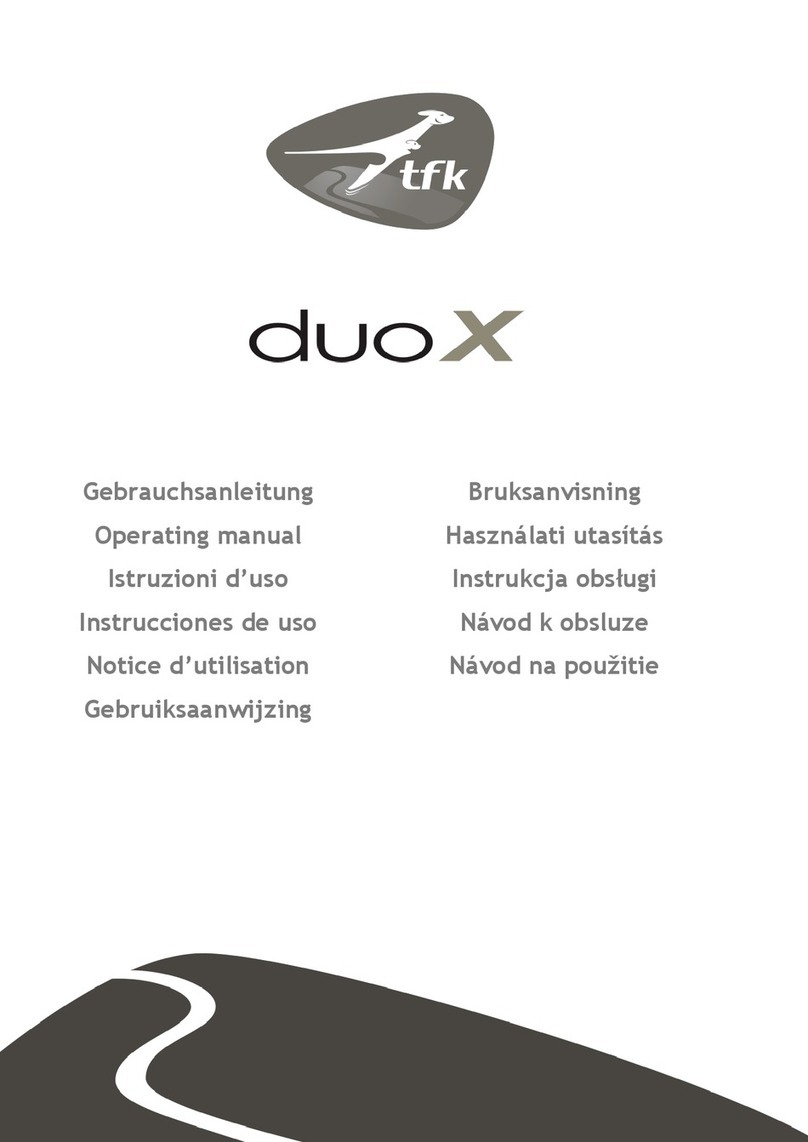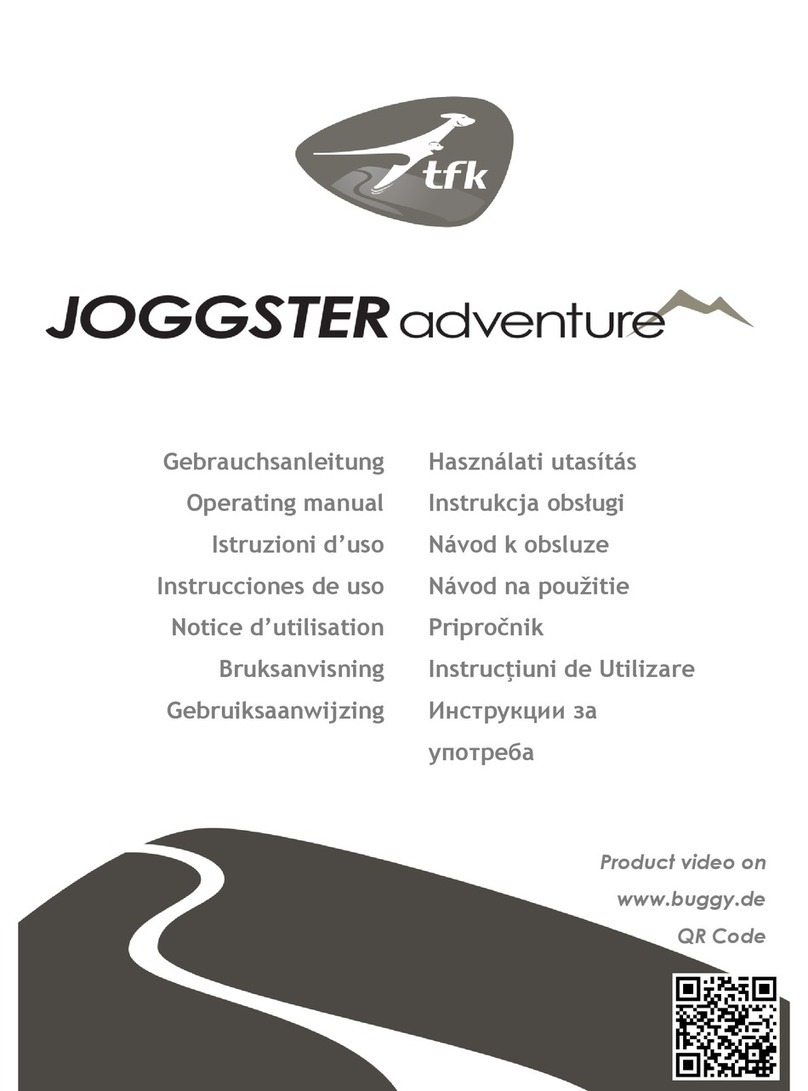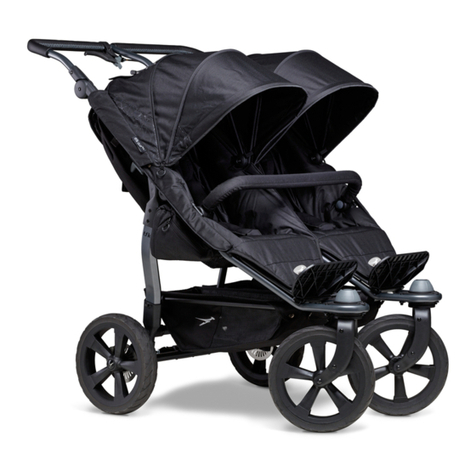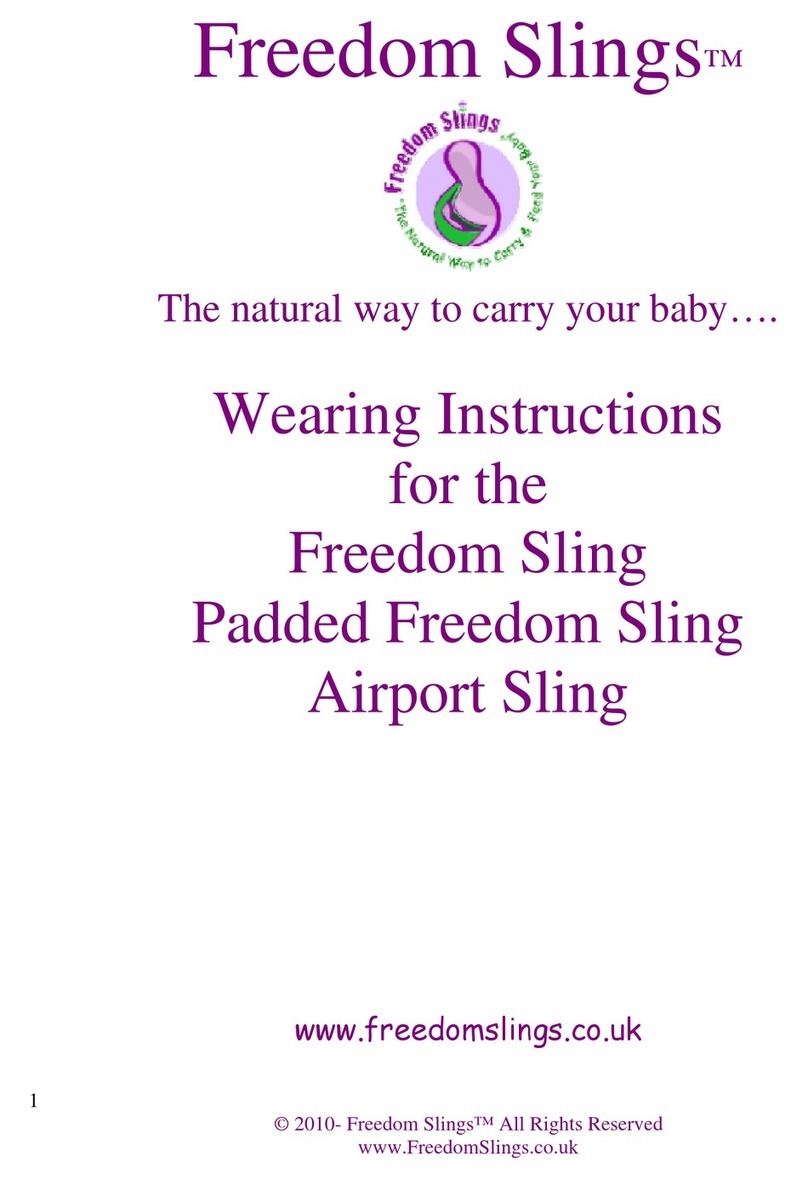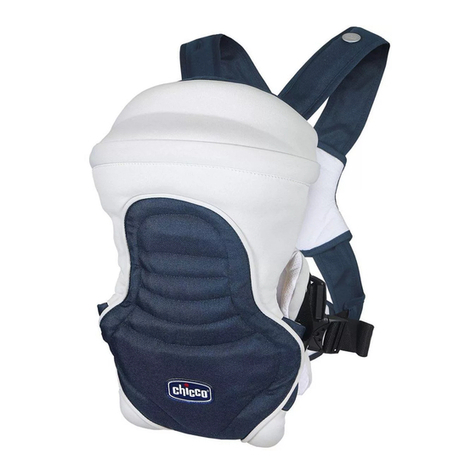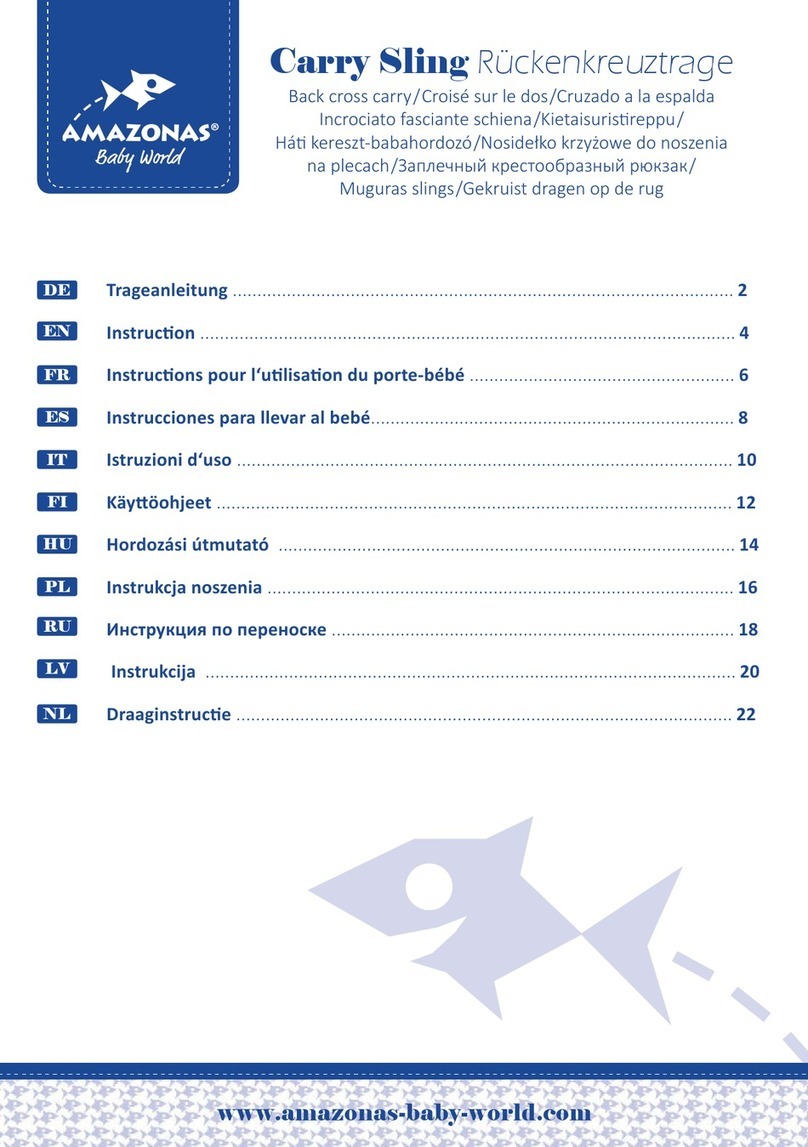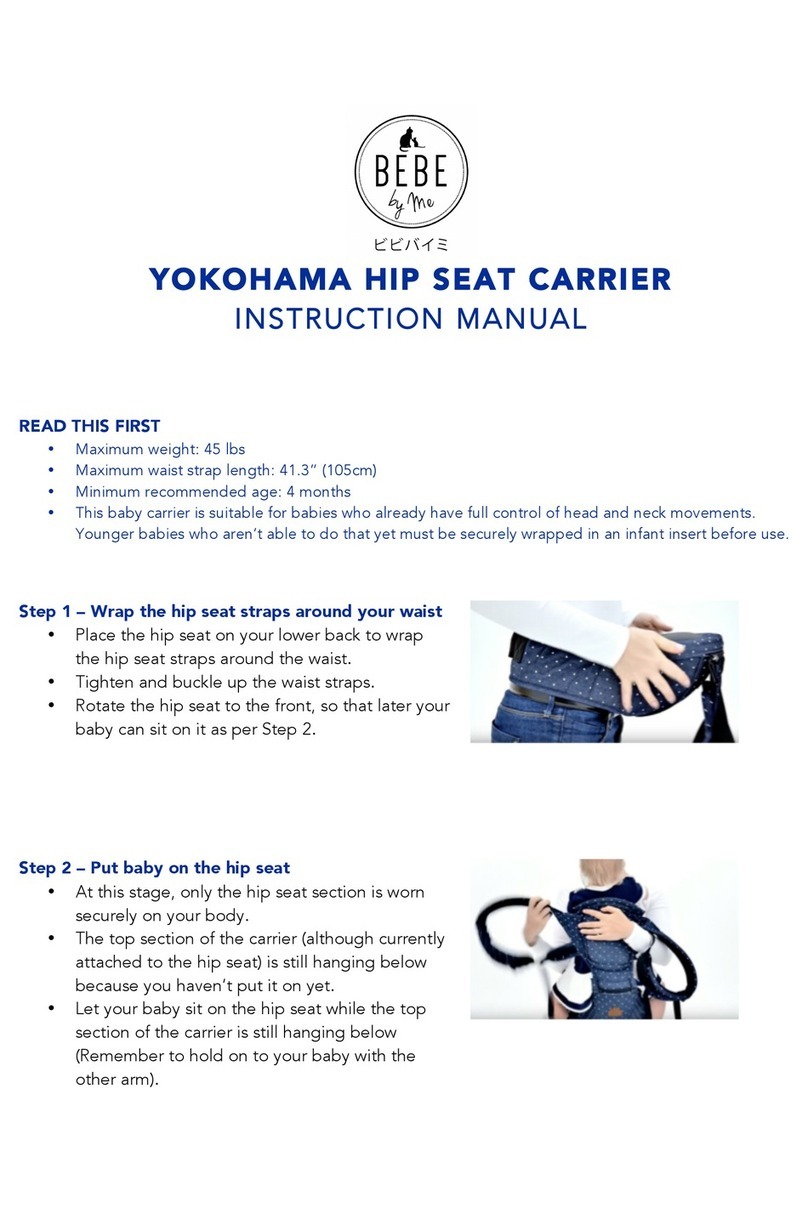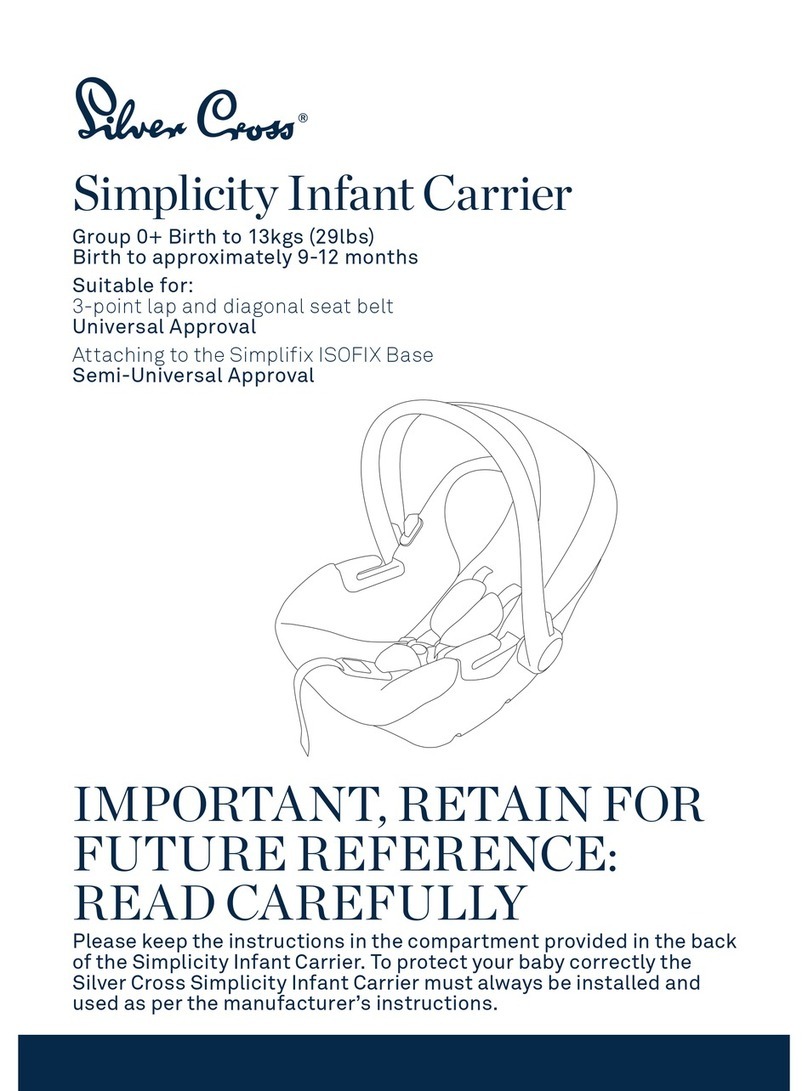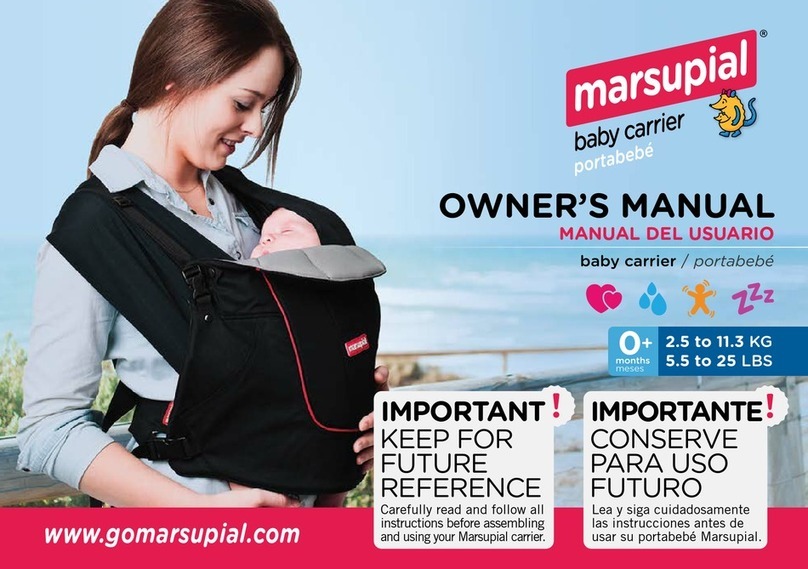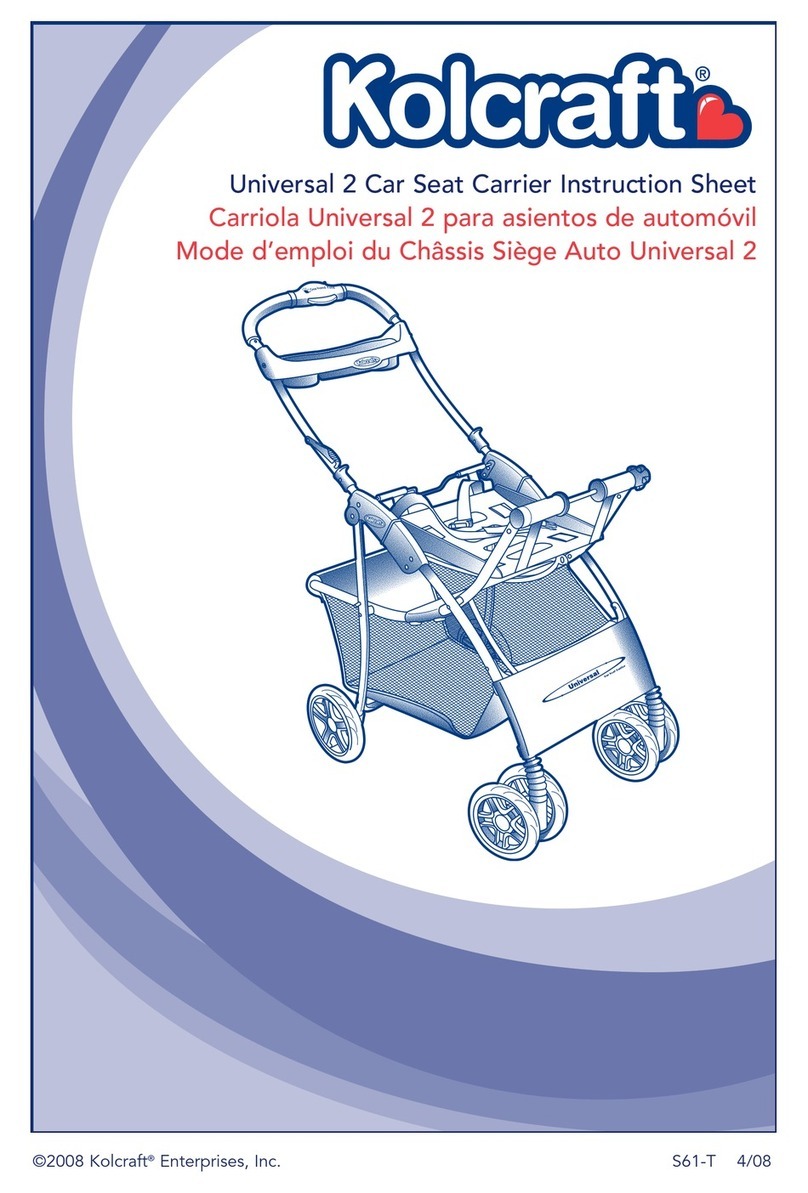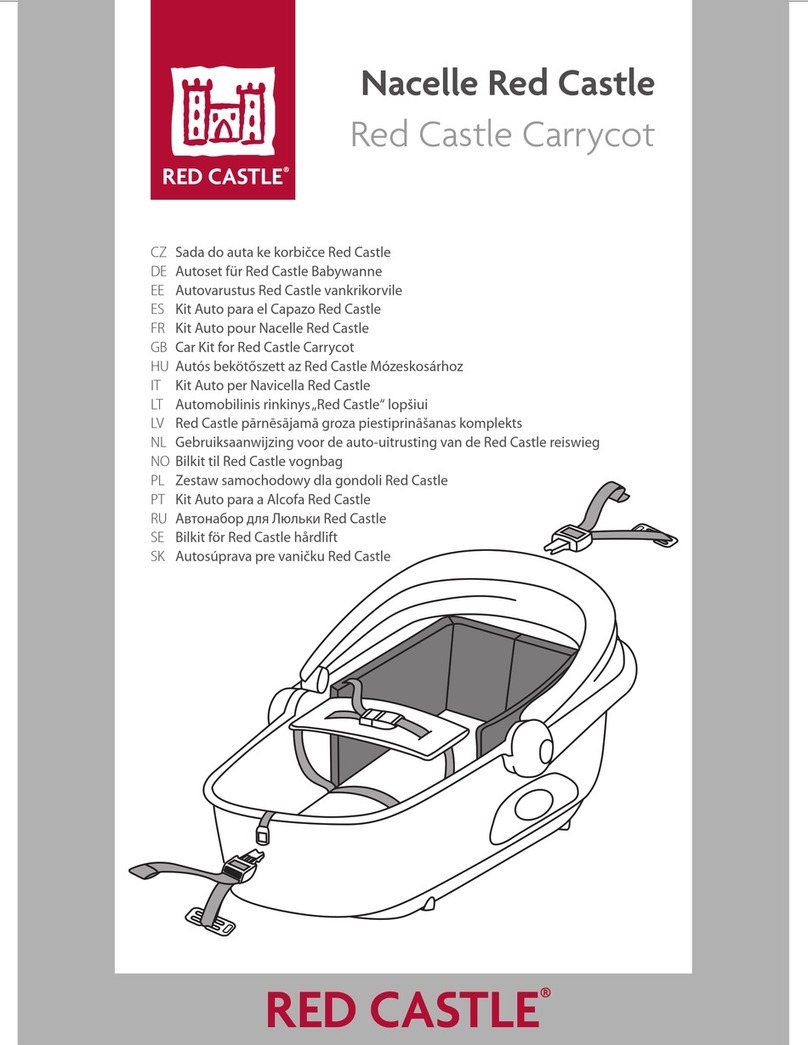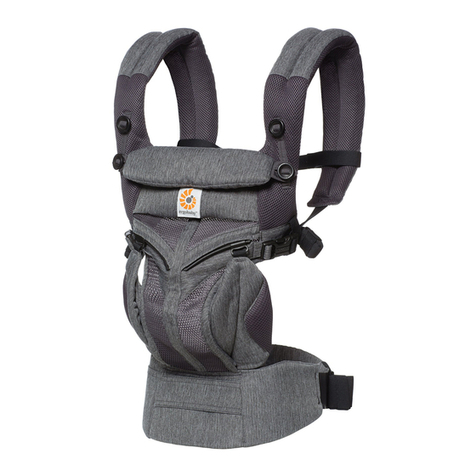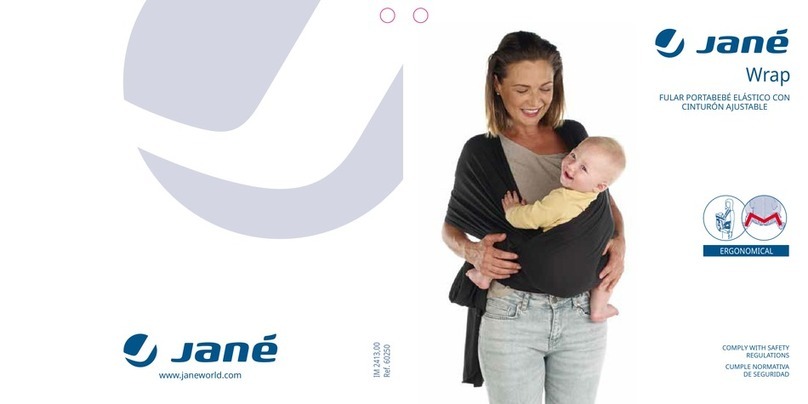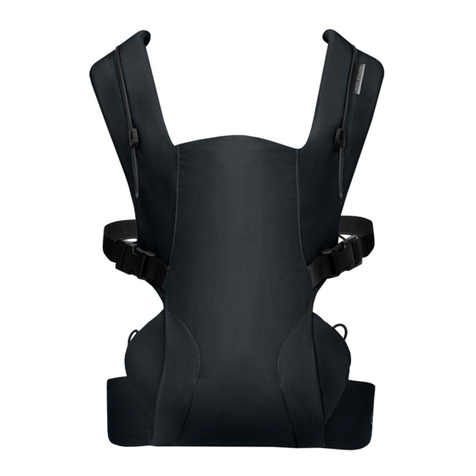TFK T-44-12 User manual

1
T-44-12
Gebrauchsanleitung
Operating manual
Istruzioni d’uso
Instrucciones de uso
Notice d’utilisation
Gebruiksaanwijzing
Bruksanvisning
Инструкция по эксплуатации
Használati utasítás
Instrukcja obsługi
Návod k obsluze
Návod na použitie
Pripročnik
Instrucţiuni de Utilizare
Инструкции за употреба

2
V
VII
XII
X
VI
10
11
12
VIII
14
13
IX
17
XI
18
14
15
16
I
2
2
1
1
II
6
5
5
III
8
8
7
IV
8
9
4

3
DE Gebrauchsanleitung und Garantiebestimmungen 4
GB operating manual and warranty conditions 8
IT Istruzioni d’uso e condizioni di garanzia 12
ES Instrucciones de uso y condiciones de garantía 16
FR Notice d’utilisation et dispositions de garantie 20
NL Gebruiksaanwijzing en garantiebepalingen 24
NO Bruksanvisning og garantibestemmelser 28
RU Инструкция по эксплуатации игарантийные условия 32
HU Használatiútmutatóésgaranciávalkapcsolatosrendelkezések 36
PL Instrukcja obsługi oraz warunki gwarancji 40
CZ Návod k obsluze a zàruční podmínky 44
SK Návod na použitie a podmienky záruky 48
SL Pripročnik in garancijski pogoji 52
RO Instrucţiuni de Utilizare şi Condiţii de acordare a Garanţiei 56
BG Инструкции за употреба и гаранция 60

4
Gebrauchsanleitung und Garantiebestimmungen
Herzlich willkommen in der Welt von TFK.
Bitte nehmen Sie sich ein Paar Minuten Zeit und lesen Sie die folgenden
Hinweise vor der Benutzung sorgfältig durch. WICHTIG: Bewahren Sie die
Anleitung für spätere Rückfragen auf. Wenn Sie diese Hinweise nicht
beachten, kann die Sicherheit Ihres Kindes beeinträchtigt werden!
SICHERHEITSHINWEISE + WARNUNGEN
-WARNUNG: Lassen Sie ihr Kind nicht unbeaufsichtigt!
-WARNUNG: Befördern Sie immer nur ein Kind!
-WARNUNG: Dieses Produkt ist nur für ein Kind geeignet, das sich
noch nicht selbständig aufsetzen bzw. auf die Seite rollen oder sich
noch nicht auf Händen und Knie stützen kann.
-WARNUNG: Diese Quickfixwanne darf nicht auf einem Ständer
verwendet werden.
-WARNUNG: Stellen Sie die Quickfixwanne nur auf festen,
waagrechten und trockenen Untergrund ab.
-WARNUNG: Lassen Sie andere Kinder nicht unbeaufsichtigt neben
der Quickfixwanne spielen.
-WARNUNG: Verwenden Sie die Tragetasche nicht, wenn ein Teil
gebrochen oder eingerissen ist oder fehlt.
-Platzieren Sie die Wanne NICHT in der Nähe eines offenen Feuers
und anderer Hitzequellen.
-Bitte greifen Sie den Griff der Quickfixwanne so, dass der Kopf des
Kindes in der Tragetasche niemals niedriger als dessen Körper ist.
-Höchstgewicht des Kindes: 9 kg.
-Verwenden sie keine zusätzliche Matratze!
-Untersuchen Sie regelmäßig die Griffe und den Boden auf
Beschädigungen und Abnutzungserscheinungen.
-Stellen Sie sicher, dass sich die Griffe in der richtigen
Nutzungsstellung befinden, wenn sie die Wanne tragen oder
anheben.
Bitte überprüfen Sie in regelmäßigen Abständen die Verbindungen
auf ihre Funktion! Verwenden Sie im Reparaturfall nur originale
Ersatzteile!

5
GEBRAUCHS- UND MONTAGEANLEITUNG
Aufbau der Tragewanne
- (Abb.I) Entfernen Sie die Matratze und schwenken Sie die zwei
Spannbügel (1) bis zum Anschlag in die am Wannenboden
befestigten Aufnahmen (2).
- (Abb.II) Schließen Sie die Druckknöpfe (5) links und rechts außen
und hinten am Verdeck. Um das Verdeck zu schließen, drücken Sie
den roten Knopf (6) auf der rechten Seite und schwenken Sie es
nach hinten.
- (Abb.III) Legen Sie die Fußdecke (7) über die Tragewanne und
schließen Sie die Druckknöpfe (8) links und rechts.
- (Abb.IV) Legen Sie das mitgelieferte Moskitonetz (9) bei geöffnetem
Verdeck über den Verdeckbügel und schließen Sie die Druckknöpfe
(8) links und rechts. Dazu müssen Sie die Druckknöpfe des Verdecks
öffnen, die des Moskitonetzes dort befestigen und anschließend die
vom Verdeck über die des Moskitonetzes stecken. Abschließend
spannen Sie das Moskitonetz über das Fußende der Wanne.
Montage der verschiedenen Rahmenrohre
1. Benutzung mit einer Tragewanne
- (Abb.V) Wenn Sie den Twinner Twist Duo mit einem Neugeborenen
in der Tragewanne und einem Kind ab ca. 9 Monaten, das bereits
sitzen kann, mit Sitzbezug nutzen möchten, können Sie die
Tragewanne nur in Fahrtrichtung links benutzen! Knöpfen Sie dafür
bitte den Sitzbezug links aus und entfernen Sie das Verdeck und den
Bauchbügel (sieheGebrauchsanleitungdesWagens).
- (Abb.VI) Befestigen Sie zunächst den kurzen Bauchbügel für den
rechten Sitz. Bringen Sie ihn in Position und schließen Sie die Klemmen
(10) um die Rahmenrohre.
- (Abb.VII) Stecken Sie das vordere Wannenrohr (11) (T-00/089) kurz
über dem Druckknopf über das mittlere Rahmenrohr und schwenken
Sie es anschließend über das linke äußere Rahmenrohr (über dem
dortigen Druckknopf). Schließen Sie den Riegel (12), er spannt sich
über das Rahmenrohr.
- (Abb.VIII) Stecken Sie das hintere Wannenrohr (13) (T-00/089) über
dem Kunststoffteil über das mittlere Rahmenrohr. Schwenken Sie es

6
dann in die am äußeren linken Rahmenteil befestigte Aufnahme (14),
bis es hörbar einrastet.
- (Abb.IX) Jetzt können Sie die Tragewanne von vorne über die zwei
Rohre (11 + 13) schieben. Fixieren Sie zuerst die Klemmen (15) über
dem hinteren Wannenrohr (13) (T-00/089) und drücken Sie dann von
oben die Tragewanne mit den vorderen zwei Klemmen (16) in das
vordere Wannenrohr (11) (T-00/089). Die Klemmen arretieren
automatisch. Zum Entfernen der Wanne ziehen Sie den vorderen
Metallbügel (4, Abb III) unter der Wanne und ziehen die Wanne
nach vorne aus dem Gestell.
2. Benutzung mit zwei Tragewannen
- (Abb.X) Entfernen Sie beide Sitzbezüge und Verdecke, sowie den
Bauchbügel (siehe Gebrauchsanleitung des Wagens). Positionieren
sie das vordere Wannenrohr (17) (T-00/088) über den Druckknöpfen
links und rechts am Rahmenrohr und sichern Sie es durch umlegen
der Klemmhebel. Drücken Sie die Klemme am mittleren Rahmenrohr
fest.
- (Abb.XI) Stecken Sie das hintere Wannenrohr (18) (T-00/088) erst in
die Aufnahme links am Rahmen. Schwenken Sie es dann so, das die
Klemme am mittleren Rahmenrohr und die Aufnahme rechts am
Rahmen einrasten. Jetzt können Sie die Tragewannen wie unter Abb.
IX beschrieben sichern.
Entfernen der Wannenrohre
- (Abb.XII) Zum Entfernen der vorderen Wannenrohre (11 + 17)
(T-00/088 + T-00/089) öffnen Sie die Klemmen an den äußeren
Rahmenrohren und ziehen sie ab. Um die hinteren Wannenrohre (13
+ 18) (T-00/088 + T-00/089) abzunehmen, öffnen Sie die Verriegelung
(14) am äußeren Rahmenrohr in Pfeilrichtung und ziehen es ab. Jetzt
können Sie die Sitzbezüge, Verdecke und den Bauchbügel wieder
befestigen.

7
PFLEGEHINWEISE
-Reinigen Sie alle Teile mit einem feuchten Tuch.
-Benutzen Sie keine aggressiven Reinigungs- oder Schmiermittel!
-Ölspray an den Faltgelenken und Radlagern stellt die Leichtgängigkeit sicher.
-Sie können den Sitzbezug mit der Hand bei 30° waschen. Nicht in die
Waschmaschine oder Trockner geben
-Die Bereifung kann unter Umständen zur Verfärbung des Bodenbelags führen.
Fremdkorper (z.B. Steinchen) in den Reifen müssen entfernt werden um eine
eventuelle Beschädigung von Bodenbelägen zu vermeiden.
GARANTIEBEDINGUNGEN
Bei berechtigten Beanstandungen gelten die gesetzlichen Bestimmungen. Zum
Nachweis des Erwerbes, bewahren Sie bitte den Kaufbeleg für die Dauer der
gesetzlichen Verjährungsfrist auf. Diese beträgt 2 Jahre *) und beginnt mit der
Übergabe des Produkts an Sie. Falls bei diesem Produkt Mängel bestehen, beziehen
sich diese auf sämtliche Material- und Herstellungsfehler, die zum Zeitpunkt der
Übergabe vorliegen. Keine Ansprüche bestehen für:
• Natürlicher Verschleiß und Schäden durch übermäßige Beanspruchung.
• Schäden durch ungeeignete oder unsachgemäße Verwendung.
• Schäden durch fehlerhafte Montage und Inbetriebnahme.
• Schäden durch nachlässige Behandlung oder Wartung.
• Schäden durch unsachgemäße Änderungen am Wagen.
Fehler müssen unverzüglich gemeldet werden, damit keine Folgeschäden entstehen!
Reklamationsfall oder nicht?
TFK Produkte sind meist zu einem hohen Teil aus Aluminium gefertigt und somit rostfrei.
Manche Teile sind jedoch auch lackiert, verzinkt oder haben eine sonstigen
Oberflächenschutz. Je nach Wartung oder Beanspruchung können diese Teile auch
rosten. Hierbei handelt es sich dann um keinen Mangel.
Kratzer sind normale Verschleißerscheinungen und kein Mangel.
Feuchte Textilien, die nicht getrocknet und ausreichend gelüftet werden, können
schimmeln und stellen keinen produktionsbedingten Mangel dar.
Durch Sonneneinstrahlung, Schweiß, Reinigungsmittel, Abrieb oder zu häufiges
Waschen ist ein Ausbleichen nicht auszuschließen und somit kein Mangel.
Bitte prüfen Sie beim Kauf genau, ob alle Stoffteile, Nähte, Druckknöpfe und
Reisverschlüsse ordnungsgemäß vernäht sind und funktionell in Ordnung sind.
Abgefahrene Räder sind natürliche Verschleißerscheinungen. Schäden durch
äußere Einwirkungen sind kein Mangel. Leichte Unwucht ist nicht vermeidbar und
stellt keinen Mangel dar.
Der Übergabe-Check soll immer durchgeführt werden, um Reklamationen schon im
Vorfeld zu vermeiden. Wenn Sie später einen Fehler feststellen, melden Sie diesen
unverzüglich bei Ihrem Händler. Dieser wird sich bei uns melden, um die weitere
Vorgehensweise zu besprechen. Unangemeldete oder unfreie Sendungen bei TFK
werden nicht akzeptiert.
*) gültig nur in der EU. In anderen Ländern sind die jeweils gesetzlichen Fristen gültig.

8
Instructions for Use and Warranty Conditions
Welcome to the world of TFK.
Please read the instruction carefully and keep them for further
reference! In case of misuse you compromise the safety of
your child!
SAFETYINSTRUCTIONS + WARNINGS
-WARNING: Never use the carrycot to transport your child by car! The
carrycot does not replace a child car seat!
-WARNING: Never leave your child unattended!
-WARNING: Carry always only one child!
-WARNING: Make sure, that all locks are closed before use!
-WARNING: Only place the carrycot down on a firm, horizontal and
dry surface!
-WARNING: Please grip the carrycot always in such a way, that you
keep it balanced and the carrycot with child remains in the
horizontal position!
-WARNING: This product is only suitable for a child that cannot sit
upon his own or roll onto its side and cannot support itself on its hands
and knees!
-WARNING: Maximum weight of the child: 9 kg!
-WARNING:Donotusethecarrycotifanypartsarebroken,tornormissing!
-WARNING:Donotallow otherchildrentoplaynearthecarrycotunattended!
-WARNING: Be aware of hazards caused by open fires and other
sources of heat, such as electrical heaters, gas flames, etc., if they
are in the immediate vicinity of the carrycot!
-WARNING: Do not use an additional mattress.
- Always activate the park brake when the buggy is parked!
- Do not lift the buggy over obstacles with your child inside!
- Do not use escalators with your child inside the buggy!
- When lifting the buggy over steps or obstacles, make sure all hinges are
locked properly, and lift the buggy on parts of the frame only!
- Donot mount accessories to the buggy, which are not authorized by TFK!
- Only use the carrycot safely mounted with TFK-strollers!
Please check regularly hinges connections and brake for their
functionality!
Only use spare parts or accessories that are supplied or approved by
the manufacturer!

9
Operating- and assembly instruction
Assembly of the carrycot
- (pic.I) Remove the mattress and swing the two clamps (1) till
the stop of the part (2) , which is fixed at the bottom of the
carrycot.
- (pic.II) Close the pushbuttons (5) left, right and at the head
end from the outside. To close the canopy, push the red
buttons (6) and swing it back.
- (pic.III) Place the foot cover (7) over the carrycot and close
the pushbuttons (8) left and right.
- (pic.IV) Put the included mosquito net (9) over the canopy
frame while the canopy is opened and close the pushbuttons
(8) left and right. Therefore it is necessary to open the
pushbuttons of the canopy, then close the ones of the
mosquito net and fix the pushbuttons of the canopy on top of
them. Finally stretch the mosquito net over the foot end of the
carrycot frame.
Assembly of the different carrycot tubes
1. Use with one carrycot
- (pic.V) If you want to use the Twinner Twist Duo with a
newborn baby and a child from 9 months, which is already
able to sit, you can fix a single carrycot only on the left side of
the frame (in driving direction)! Remove the seat cover, belly
frame and the canopy on the left (Please have a look to the
instruction of the Twinner Twist Duo).
- (pic.VI) First fix the small belly frame on the right seat. Bring it
to the right position and lock the clip (10) around the frame
tube.
- (pic.VII) Stick the front carrycot tube (11) (T-00/089) next to
the pushbutton over the frame tube in the middle and after
that swing it over the left frame tube next to the pushbutton.
Close the bar (12), it will secure the carrycot tube.

10
- (pic.VIII) Stick the rear carrycot tube (13) (T-00/089) next to
the plastic part over the vertical frame tube in the middle.
Now swing it to the fixation (14) at the left vertical frame tube,
it will lock automatically (audibly).
- (Fig. IX) Now you can push the carrycot onto the two tubes
(11 + 13) from the front. First fix the clamps (15) onto the cot's
rear tube (13) (T-00/089) and then use the front two
clamps (16) to press the carrycot down onto the cot's front
tube (11) (T-00/089) from above. The clamps will lock
automatically. To remove the cot, pull on the front metal clip
(4, Fig. III) underneath the cot, then pull the cot towards you
and off the frame.
2. Use with two carrycots
- (pic.X) Remove the seat covers, belly frame and the
canopies (Please have a look to the instruction of the Twinner
Twist Duo). Bring the front carrycot tube (17) (T-00/088) in
position next to the pushbuttons left and right at the frame and
push the clip at the frame tube in the middle, till it is fixed.
Close the bars at the left and right end of the carrycot tube.
- (pic.XI) Plug the rear carrycot tube (18) (T-00/088) first in the
fixation (14) at the left vertical frame tube. After that place it
with the clip over the frame tube in the middle and the right
end of the tube to the fixation at the right vertical frame tube.
Push it till it is audiable secured. Now you can fix the carrycots
like it is described in pic.IX. Take off the carrycot tubes
- (pic.XII) To remove the carrycot tube in front (11 + 17) (T-
00/088 + T-00/089) open the locks at the tube ends and pull it
off. To remove the rear carrycot tube (13 + 18) (T-00/088 + T-
00/089), open the bar (14) at the tube end in the direction of
the arrow and pull it towards you. Now you can fix the seat
covers, canopies and the belly frame.

11
CARE INSTRUCTIONS
-Clean all parts with a damp cloth.
-Do not use aggressive cleaning agents or lubricants!
-Use a spray lubricant to keep folding joints working smoothly.
-The covers can be hand-washed at 30°. Do not machine-wash or tumble-
dry!
WARRANTY CONDITIONS
In the event of legitimate complaints, the statutory provisions apply. Please
retain your receipt as proof of purchase for the duration of the statutory
period of limitation. This lasts for 2 years *) from the date the buggy is handed
over to you. Legitimate complaints are limited to material and
manufacturing defects present when the product was first handed over. No
claims will be accepted relating to:
• Natural wear and tear or damage caused by excessive load.
• Damage caused by inappropriate or improper use.
• Damage caused by incorrect assembly or commissioning.
• Damage caused by negligent handling or maintenance.
• Damage caused by improper modifications to the product.
Defects must be reported immediately in order to prevent consequential
damages!
Do I have justified grounds for complaint?
Most TFK products are predominantly made from aluminium and are
therefore rust-proof. However, some components may be painted or
galvanised or have some other protective coating. These parts may rust
depending on how they are maintained and how much use they are
subjected to. This does not constitute a defect.
Scratches are the result of normal wear and tear, and are not a defect.
Mildew may form if damp textiles are not dried or aired adequately, this
does not constitute a manufacturing fault.
Fading may result from sunlight, perspiration, cleaning agents, abrasion
and excessive washing and does not constitute a defect.
All products should be checked when they are handed over to avoid
future complaints.
If you do notice a defect later on, please contact your stockist immediately,
who will consult us regarding further procedures. TFK does not accept
unsolicited or freight collect deliveries.
*) Only applicable within the EU. In other countries, the respective statutory
periods apply."

12
Istruzioni d’uso e condizioni di garanzia
Benvenuti nel mondo di TFK.
Si consiglia di leggere attentamente le seguenti istruzioni prima di utilizzare il
prodotto e di conservarle per una futura consultazione. Se non ci si attiene a
quanto contenuto nelle presenti indicazioni, si potrebbe pregiudicare la
sicurezza del bambino!
INDICAZIONI E AVVERTENZE DI SICUREZZA
- ATTENZIONE! Non utilizzare mai la navicella per trasportare il bambino
sdraiato in macchina! La navicella non deve essere utilizzata in sostituzione
del seggiolino auto!
- ATTENZIONE! Non lasciare mai il bambino incustodito!
- ATTENZIONE! Trasportare sempre e solo un bambino alla volta!
- ATTENZIONE! Verificare, prima dell'uso, che la navicella sia fissata
correttamente.
- ATTENZIONE! Appoggiare la navicella solo su una base stabile,
orizzontale e asciutta!
- ATTENZIONE! Trasportare la navicella mantenendola in equilibrio
(posizione orizzontale)!
- ATTENZIONE! Questo prodotto è omologato come navicella solo
per bambini che non sono ancora in grado di mettersi da soli a
sedere, a carponi o di rotolarsi di lato.
- ATTENZIONE! Peso massimo del bambino: 9 kg
- ATTENZIONE! Non utilizzare la navicella se alcune delle sue parti
dovessero essere rotte, danneggiate o mancare.
- ATTENZIONE! Non permettere ad altri bambini di giocare senza
sorveglianza accanto alla navicella.
- ATTENZIONE! Non avvicinare la navicella a fiamme libere o ad altre
fonti di calore come riscaldatori elettrici, fiamme di gas ecc. per i
pericoli che ne possono derivare.
- ATTENZIONE! Utilizzare materassini di max. 4 cm di spessore.
- Non parcheggiare mai il passeggino senza azionare il freno di sosta!
- Non sollevare mai il passeggino con un bambino a bordo!
- Non utilizzare mai scale o scale mobili con il bambino a bordo del
passeggino!
-Persalireescenderelescaleopersuperarealtriostacoli,controllareassolutamentei
dispositivi di blocco e sollevare il passeggino impugnandolo sempre sulle parti fisse
deltelaio.
- Utilizzare solo accessori originali TFK!
- Utilizzare la navicella solo se ben fissata su telai TFK!
Controllare a intervalli regolari il corretto funzionamento dei giunti! In
caso di riparazioni utilizzare esclusivamente ricambi originali!

13
ISTRUZIONI D’USO E DI MONTAGGIO
Montaggio della navicella
- (Fig. I) Rimuovere il materassino e spostare e fissare le due
staffe di fissaggio (1) nei supporti fissati sul fondo della navicella (2).
- (Fig. II) Chiudere i bottoni automatici (5) che si trovano sui lati
esterni destro, sinistro e posteriore della capottina.Per chiudere la
capottina, premere il pulsante rosso (6) che si trova sul lato destro e
girarlo verso il lato posteriore.
- (Fig. III) Mettere il coprigambe (7) sulla navicella e fissarlo
chiudendo i bottoni automatici (8) a sinistra e destra.
- (Fig. IV) Appoggiare la zanzariera in dotazione (9) sull'archetto
della capottina alzata e fissarla con i bottoni automatici (8) a sinistra
e destra.A tale scopo aprire i bottoni della capottina, chiudere
quelli della zanzariera e poi i bottoni della capottina sopra quelli
dalla zanzariera. Per finire stendere la zanzariera fino ai piedi della
navicella.
Montaggio dei diversi tubi del telaio
1) Utilizzo con una navicella
- (Fig. V) Se si desidera utilizzare Twinner Twist Duo per trasportare un
neonato disteso nella navicella e un bambino di oltre 9 mesi seduto
nel passeggino, la navicella può solo essere montata sul lato sinistro
in direzione di marcia. Staccare la fodera di sinistra e rimuovere la
capottina e il frontalino (vedi le Istruzioni per l'uso del passeggino).
- (Fig. VI) Fissare innanzitutto il frontalino corto per il sedile destro.
Metterlo in posizione e chiuderlo fissando i morsetti (10) sui tubi del
telaio.
- (Fig. VII) Mettere l'adattatore anteriore della navicella (11) (T-
00/089) al di sopra del pulsante del tubo del telaio centrale e
spostarlo quindi sopra il tubo esterno sinistro del telaio (al di sopra del
pulsante ivi situato). Chiudere il dispositivo di blocco (12), che si fissa
così sul tubo del telaio.
- (Fig. VIII) Mettere l'adattatore posteriore della navicella (13) (T-
00/089) al di sopra dell'elemento di plastica sul tubo centrale del

14
telaio. Metterlo quindi nell'alloggiamento (14) fissato sulla parte
sinistra esterna del telaio fino a quando non si sente che scatta in
posizione.
- (Fig. IX) Si può ora spingere la navicella dal lato anteriore sopra i
due tubi (11 + 13). Fissare innanzitutto i morsetti (15) sopra
l'adattatore posteriore della navicella (13) (T-00/089) e, facendo
pressione dall'alto sulla navicella, fissare i suoi due morsetti anteriori
(16) nell'adattatore anteriore (11) (T-00/089). I morsetti scattano
automaticamente in posizione. Per rimuovere la navicella tirare la
staffa in metallo (4, fig III) posta sotto di essa sul lato anteriore ed
estrarre la navicella dal telaio tirandola verso il lato anteriore.
2) Utilizzo con due navicelle
- (Fig. X) Rimuovere le due fodere dei sedili, le capottine e il
frontalino (vedi le Istruzioni per l'uso del passeggino). Posizionare
l'adattatore anteriore della navicella (17) (T-00/088) al di sopra dei
pulsanti a sinistra e destra del tubo del telaio e assicurarlo chiudendo
la levetta di sgancio. Fissare il morsetto sul tubo centrale del telaio.
- (Fig. XI) Mettere l'adattatore posteriore della navicella (18) (T-
00/088) nell'alloggiamento sulla sinistra del telaio.Orientarlo quindi in
modo che il morsetto sul tubo centrale del telaio e l'alloggiamento
sulla destra del telaio scattino in posizione. Ora si può fissare la
navicella come descritto nella fig. IX.
Come rimuovere gli adattatori della navicella
- (Fig. XII) Per rimuovere gli adattatori anteriori della navicella (11 +
17)
(T-00/088 + T-00/089) aprire i morsetti sui tubi esterni del telaio e sfilarli.
Per rimuovere gli adattatori posteriori della navicella (13 + 18) (T-
00/088 + T-00/089), sbloccare il dispositivo di blocco (14) sul tubo
esterno del telaio nella direzione della freccia e sfilarlo. Ora si
possono di nuovo fissare le fodere, le capottine e il frontalino.

15
INDICAZIONI DI MANUTENZIONE
-Pulire tutti gli elementi con un panno umido.
-Non utilizzare detergenti o lubrificanti aggressivi!
-Oliolubrificante sui giunti pieghevoli esui cuscinetti delle ruote assicurailfacileazionamento.
-La fodera può essere lavata a mano ad una temperatura di 30°. Non lavare a
macchina o mettere nell’asciugabiancheria!
-In alcuni casi, le gomme delle ruote potrebbero lasciare macchie nere sul
pavimento. Devono essere rimossi i corpi estranei (p.e. sassolini) dalle gomme delle
ruote per evitare di rovinare i pavimenti.
CONDIZIONI DI GARANZIA
In caso di reclami giustificati, vengono applicate le disposizioni di legge. Conservare lo
scontrino come prova d’acquisto per l’intera durata della garanzia. “Ha una durata di
due anni *) ed inizia con la consegna del passeggino all’acquirente.
Se il prodotto presenta difetti, si tratta di vizi del materiale o errori di produzione già
presenti al momento della consegna. La garanzia non è valida per
• normale usura e danni causati da eccessiva sollecitazione;
• danni causati da uso improprio o incuria;
• danni causati da montaggio e messa in funzione errati;
• danni causati da uso o manutenzione negligenti;
• danni causati da modifiche improprie al prodotto.
I difetti devono essere comunicati immediatamente al fine di evitare ulteriori danni!
È un caso di reclamo?
I prodotti TFK sono fabbricati in gran parte con alluminio e quindi inossidabili. Alcuni
componenti sono però smaltati, zincati o hanno una protezione superficiale. A
seconda della manutenzione o della sollecitazioni a cui sono sottoposti, questi
componenti possono anche arrugginirsi. In questo caso non si tratta di difetti del
prodotto.
I graffi sono normali segni d’usura e non rappresentano un vizio del prodotto.
Sui tessuti umidi che non vengono asciugati e ben arieggiati si può formare della
muffa, che non rappresenta un difetto di produzione.
Non è possibile escludere uno scolorimento del materiale dovuto all’esposizione ai
raggi solari, al sudore, ai detergenti di pulizia, all'usura o a lavaggi troppo frequenti;
non si tratta dunque di vizi del prodotto.
Si prega di controllare al momento dell’acquisto che tutte le parti in stoffa, le
cuciture, i bottoni e le chiusure lampo siano cucite e funzionino correttamente.
Ruote consumate sono normali conseguenze dell’usura. Danni dovuti a cause
esterne non rappresentano difetti del prodotto. Un leggero sbilanciamento non può
essere evitato e pertanto non rappresenta un difetto del prodotto.
Controllare il prodotto al momento dell’acquisto per evitare possibili reclami
successivi. Se successivamente si dovessero presentare dei difetti, comunicarli
immediatamente al proprio rivenditore di fiducia. Questi si metterà in contatto con TFK
per discutere le misure da adottare. TFK non accetta spedizioni senza preavviso o non
affrancate.
*) valida solo nell’UE. Negli altri Paesi valgono le rispettivi norme vigenti in
materia.”

16
Instrucciones de uso y condiciones de garantía
Bienvenido al mundo de TFK
Tómese un par de minutos para leer detenidamente las siguientes
instrucciones antes de utilizar el producto y téngalas siempre a
mano. Tenga en cuenta que si no sigue estas instrucciones, puede
poner en peligro la seguridad del niño.
INDICACIONES DE SEGURIDAD Y ADVERTENCIAS
-ADVERTENCIA: no deje nunca al bebé sin vigilancia.
-ADVERTENCIA: utilice siempre el sistema para un niño únicamente.
-ADVERTENCIA: el capazo no puede ser utilizado sobre un soporte.
-ADVERTENCIA: sujete el capazo por el asa de modo que
permanezca equilibrado y en posición horizontal cuando lo
levante con el niño dentro.
-ADVERTENCIA: este producto ha sido concebido para niños que
todavía no se saben incorporar, ponerse de lado ni mantenerse en
posición de gateo.
-ADVERTENCIA: peso máximo del niño acostado: 9 kg.
-ADVERTENCIA: deposite el capazo Quickfix sólo sobre superficies
estables, horizontales y secas.
-ADVERTENCIA: no permita que otros niños jueguen cerca del
capazo Quickfix sin la viligancia de un adulto.
-ADVERTENCIA: no utilice el capazo Quickfix si tiene piezas rotas,
rasgadas o si falta alguna de ellas.
-ADVERTENCIA: no utilice ninguna pieza de otro fabricante que no
sea TFK.
Compruebe con regularidad si los frenos y las uniones funcionan
correctamente. Si tiene que reparar el cochecito, utilice sólo piezas
de repuesto originales.

17
INSTRUCCIONES DE USO Y MONTAJE
Montaje del capazo
- (Fig. I) Retire el colchón y deslice los dos estribos de sujeción (1)
hasta que encajen en los alojamientos (2) de la parte inferior del
capazo.
- (Fig. II) Cierre los botones a presión (5) de la izquierda y la derecha,
por fuera y por detrás. Para cerrar la capota, presione los botones
rojos (6) y abátala.
- (Fig. III) Coloque la cubierta de los pies (7) sobre el capazo y cierre
los botones a presión (8) por la izquierda y la derecha.
- (Fig. IV) Coloque la mosquitera (9) suministrada sobre el arco de la
capota mientras la capota esté abierta y cierre los botones a
presión (8) de la izquierda y la derecha. Para ello debe abrir los
botones a presión de la capota, cerrar los de la mosquitera y
colocar los de la capota sobre la mosquitera. A continuación,
extienda la mosquitera hasta el extremo del capazo.
Montaje de los distintos tubos del chasis
1. Con un capazo
- (Fig. V) Si desea utilizar el Twinner Twist Duo con un recién nacido
en el capazo y un bebé de unos 9 meses, que ya se puede sentar,
en la funda de asiento, ¡sólo puede colocar el capazo a la izquierda
en el sentido de la marcha! Para ello, desbotone la funda del
asiento de la izquierda y retire la capota y la barra de protección
(véase el manual de instrucciones del cochecito).
- (Fig. VI) Fije primero la barra de protección corta para el asiento
derecho. Colóquela bien y cierre las sujeciones (10) alrededor del
tubo del chasis.
- (Fig. VII) Coloque el tubo delantero del capazo (11) (T-00/089)
junto al botón a presión, por encima del tubo del chasis central y
abátalo por encima del tubo del chasis exterior izquierdo (junto al
botón a presión). Cierre la barra (12), ésta asegura el tubo del chasis.
- (Fig. VIII) Coloque el tubo posterior del capazo (13) (T-00/089) junto
a la pieza de plástico por encima del tubo del chasis central.
Inclínelo hacia el alojamiento (14) del tubo exterior izquierdo hasta
que haga clic.

18
- (Fig.IX) Ahora puede deslizar el capazo desde delante hacia los
dos tubos (11 + 13). Fije primero las sujeciones (15) en el tubo
posterior del capazo (13) (T-00/089) y coloque el capazo con las dos
sujeciones delanteras (16) en el tubo delantero del capazo (11)
(T-00/089). Las sujeciones se fijan automáticamente. Para retirar el
capazo, deslice el estribo de metal delantero (4, fig. III) hacia
debajo de éste y extraiga el capazo del chasis.
2. Con dos capazos
- (Fig. X) Retire los dos fundas del asiento, las capotas y la barra de
protección (véase el manual de instrucciones del cochecito).
Coloque el tubo delantero del capazo (17) (T-00/088) en los botones
a presión de la izquierda y la derecha del tubo del chasis y
asegúrelo con la palanca. Fije las sujeciones en el tubo central del
chasis.
- (Fig. XI) Coloque primero el tubo posterior del capazo (18) (T-
00/088) en la sujeción de la izquierda del chasis. Inclínelo para que
encajen la sujeción del tubo central del chasis y la sujeción a la
derecha del chasis. Ahora puede asegurar el capazo siguiendo las
instrucciones de la figura IX.
Retirada de los tubos del capazo
- (Fig. XII) Para retirar los tubos delanteros del capazo (11 + 17)
(T-00/088 + T-00/089) abra las sujeciones de los tubos exteriores del
chasis y retírelos. Para retirar los tubos traseros del capazo (13 + 18)
(T-00/088 + T-00/089), abra el mecanismo de bloqueo (14) del tubo
exterior del chasis en el sentido de la flecha y retírelo. Ahora puede
colocar de nuevo las fundas del asiento, las capotas y las barras de
protección.

19
INSTRUCCIONES DE MANTENIMIENTO
-Para limpiar todas las piezas utilice un paño húmedo.
-No utilice detergentes ni lubricantes agresivos.
-Aplique aceite en spray en las articulaciones para que funcionen con suavidad.
-Las fundas se pueden lavar a mano a 30 ºC. No las lave a máquina ni las introduzca
en la secadora.
CONDICIONES DE GARANTÍA
En caso de reclamación justificada se aplicará la normativa legal. Conserve el recibo
de la compra como comprobante durante el período de garantía legal. La garantía
es de 2 años *) y empieza cuando se le entrega el cochecito.
Las deficiencias del producto quedan limitadas a los defectos de material y
fabricación existentes en el momento de la entrega. La garantía no cubre:
• El desgaste natural ni los daños ocasionados por cargas excesivas.
• Daños derivados de una utilización inadecuada o incorrecta.
• Daños derivados de un montaje y la puesta en funcionamiento inadecuados.
• Daños derivados de un manejo o mantenimiento negligentes.
• Daños derivados de alteraciones improcedentes del producto.
Notifique los defectos inmediatamente para evitar daños mayores.
Motivos de reclamación
Los productos de TFK se fabrican principalmente a base de aluminio y, por tanto, son
inoxidables. Sin embargo algunas piezas están lacadas, galvanizadas o disponen de
otro tipo de protección superficial. Según el mantenimiento y el uso, estas piezas se
pueden oxidar. De ser así, esto no se considera un defecto.
Los rasguños son manifestaciones normales de desgaste y no se consideran un
defecto.
Los tejidos húmedos que no se sequen ni ventilen lo suficiente pueden
enmohecerse. Esto no se considera un defecto de fabricación.
La luz del sol, el sudor, los detergentes, el roce o un lavado muy frecuente pueden
decolorar el tejido, lo cual no se considera un defecto.
Al comprar el producto, le recomendamos que compruebe si el tejido, las costuras
y las cremalleras están bien cosidos y funcionan correctamente.
Compruebe por norma el producto al recibirlo para evitar posteriores reclamaciones.
Si detecta una tara posteriormente,diríjase a su distribuidor lo antes posible. Éste se
pondrá en contacto con nosotros para saber cómo proceder. TFK no acepta envíos
sin previo aviso y sin autorización.
*) Válido sólo en la UE. En los demás países regirán los plazos legales
que estipule la normativa vigente.”

20
Notice d’utilisation et dispositions de garantie
Bienvenue dans le monde de TFK.
Nous vous prions de bien vouloir consacrer quelques minutes à la lecture des
consignes suivantes avant la première utilisation. Conservez-les ensuite pour
vous y reporter ultérieurement en cas de besoins. Si vous ne respectez pas
ces consignes, la sécurité de votre enfant peut être mise en danger !
CONSIGNES DE SECURITE + AVERTISSEMENTS
- AVERTISSEMENT : n’utilisez jamais les coques de transport pour transporter
votre enfant couché dans la voiture ! La coque de transport ne remplace
pas un siège auto pour enfants !
- AVERTISSEMENT : ne laissez pas votre enfant sans surveillance !
- AVERTISSEMENT : ne transportez toujours qu’un seul enfant !
- AVERTISSEMENT : assurez-vous avant l’utilisation que tous les
blocages sont bien fermés !
- AVERTISSEMENT : ne placez la coque de transport que sur un fond
stable, horizontal et sec !
- AVERTISSEMENT : portez toujours la coque de transport de sorte à ce
qu’elle soit en équilibre (horizontale) !
- AVERTISSEMENT : en tant que coque de transport, ce produit n’est
adapté qu’à un enfant qui n’est pas encore capable de s’asseoir ou
de se tourner sur le côté par ses propres moyens, ni de se tenir sur les
mains et les genoux.
- AVERTISSEMENT : poids maximal de l’enfant : 9 kg !
- AVERTISSEMENT : n’utilisez pas la coque de transport si des éléments
sont rompus, déchirés ou manquants.
- AVERTISSEMENT : ne laissez pas d’autres enfants jouer sans
surveillance à proximité de la coque de transport.
- AVERTISSEMENT : tenez compte des risques générés par un feu
ouvert ou d’autres sources de chaleur telles que des appareils de
chauffage électriques, des brûleurs à gaz, etc., lorsque ceux-ci se
trouvent à proximité immédiate de la coque de transport.
- AVERTISSEMENT : si vous utilisez un matelas dans la coque de
transport, veillez à ce que la distance entre la surface de couchage
et le bord supérieur de la coque de transport soit au minimum de 17
cm !
- Ne garez jamais la voiture sans avoir serré le frein de stationnement
!
- Ne soulevez jamais la voiture lorsque votre enfant y est assis !
- N’utilisez pas d’escaliers (mécaniques) si votre enfant est assis dans la voiture
!
Table of contents
Languages:
Other TFK Baby Carrier manuals
